Imagine a creature that has survived for over 450 million years, quietly crawling through shallow Atlantic waters, looking more like a relic from a science fiction movie than anything you’d expect to find on a modern beach. The horseshoe crab is one of Earth’s oldest living fossils, a living link to the distant past. Yet, in a twist that feels almost cruelly ironic, this tough survivor now faces a threat more dire than any it has ever known: humans. Even more surprising? Our own lives might depend on the horseshoe crab in ways most of us never imagined. Their unique blue blood has become an unsung hero in the world of medicine, saving countless lives each year. But at what cost to the horseshoe crab itself? Let’s dive into the extraordinary story of how this ancient creature has become both a cornerstone of scientific innovation and a species teetering on the edge of extinction.
The Horseshoe Crab: Nature’s Time Traveler
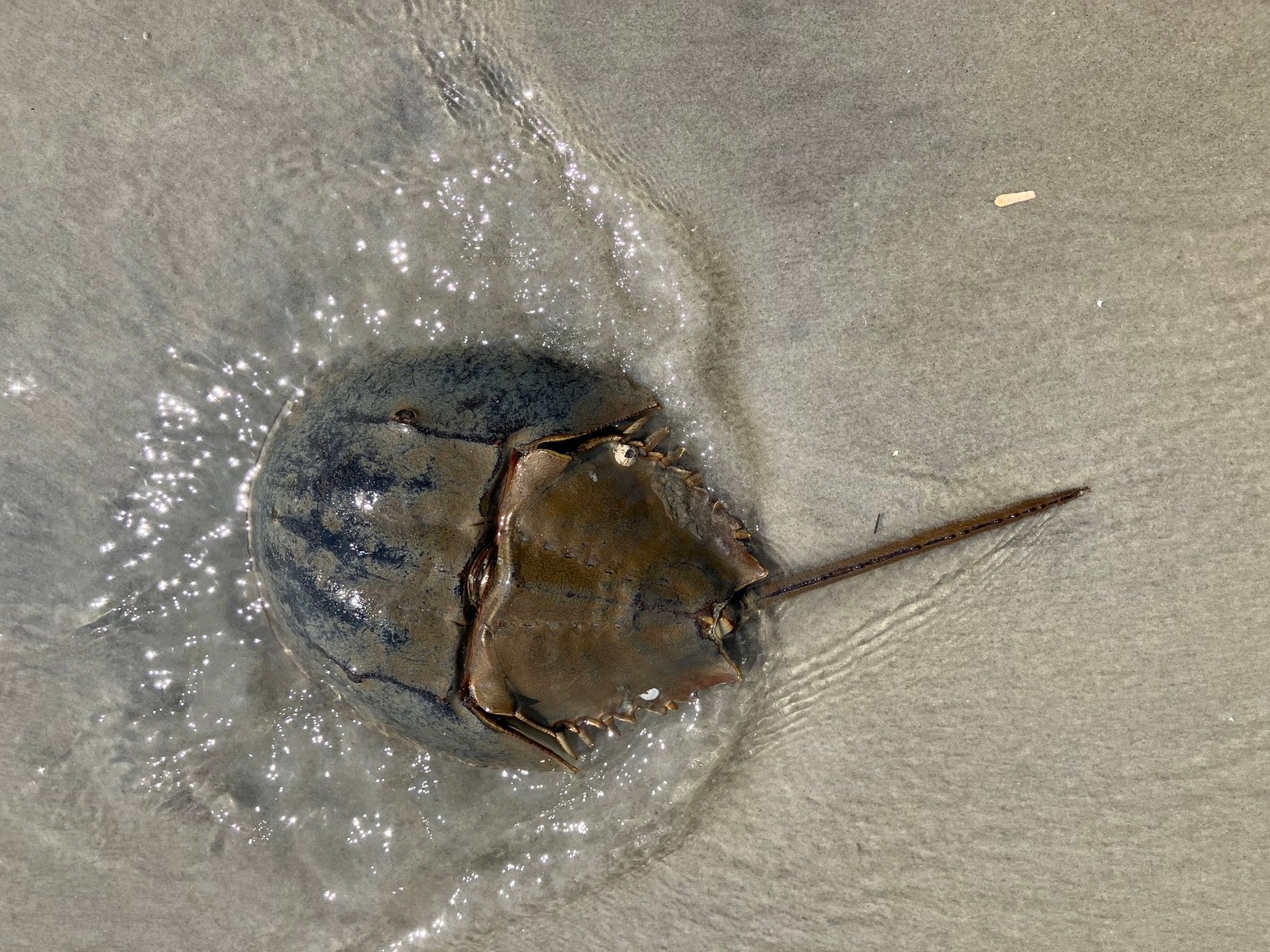
When you look at a horseshoe crab, you’re staring at a living fossil. These creatures have been scuttling along the seabed since before the first dinosaurs appeared. With their hard, helmet-like shells and spindly legs, they look almost alien, yet they play a crucial role in the coastal ecosystem. Horseshoe crabs are not actually crabs at all; they’re more closely related to spiders and scorpions. Their resilience is legendary — surviving multiple mass extinctions that wiped out most other life forms. But today, their biggest threat isn’t a meteor or a changing climate. It’s us, and our hunger for what lies within their veins.
Blue Blood: The Surprising Key to Medical Safety
If you’ve ever received a vaccine, had an IV, or undergone surgery, you likely owe a debt to the horseshoe crab. Their blood is a vibrant blue, thanks to copper-based molecules called hemocyanin. But what really sets their blood apart is a substance called Limulus Amebocyte Lysate (LAL). LAL clots instantly when it detects bacterial endotoxins, making it the gold standard for testing the sterility of medical equipment, vaccines, and drugs. Without LAL, ensuring the safety of countless medical products would be far riskier, and modern medicine as we know it would be unthinkable.
Harvesting Horseshoe Crabs: A Double-Edged Sword
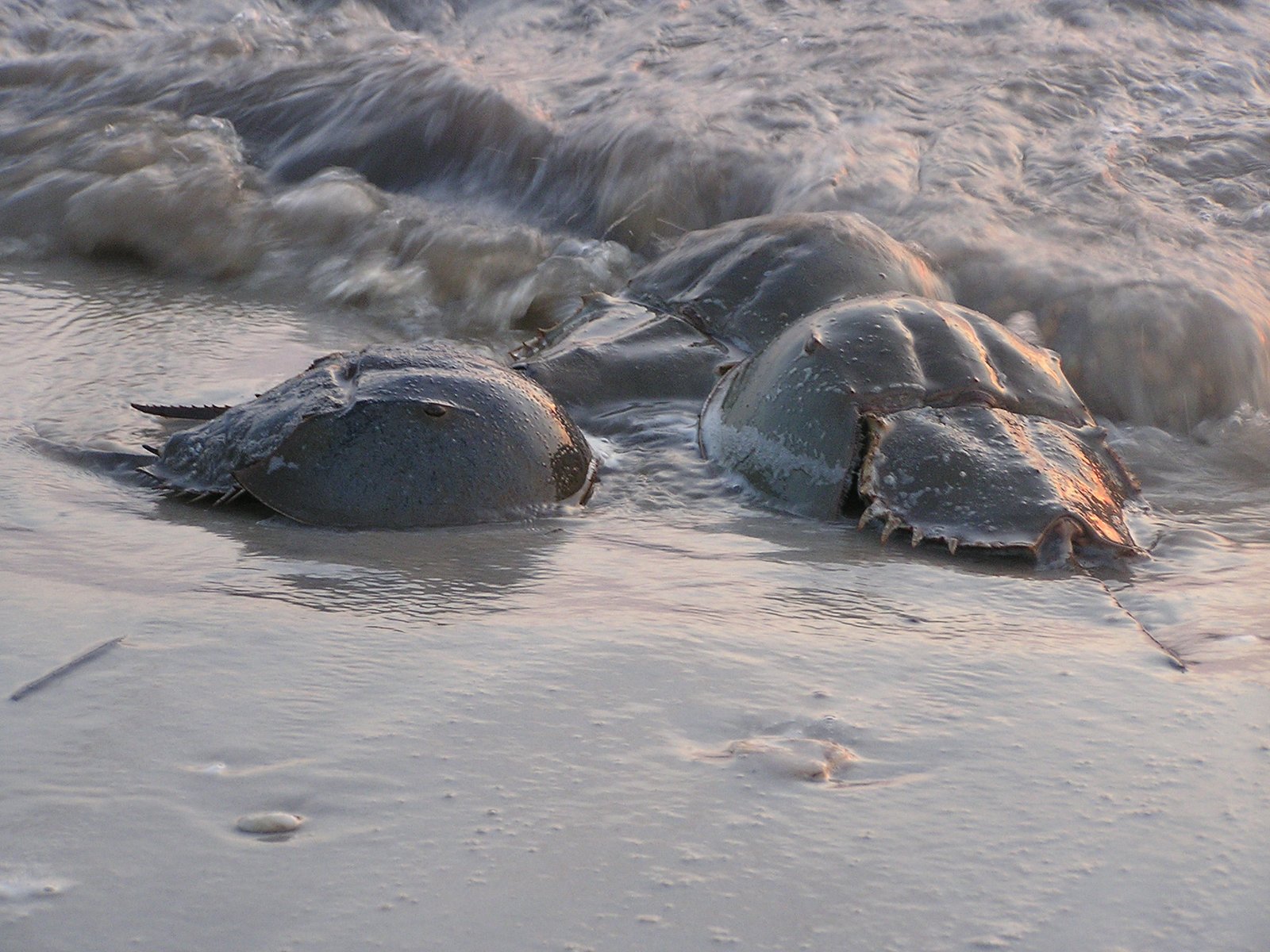
Every spring, horseshoe crabs are collected from beaches along the Atlantic coast, especially in states like Delaware, New Jersey, and Massachusetts. They’re gently bled for their precious blue blood, then released back into the wild. In theory, most survive the process. But in reality, significant numbers die from stress and injury. This commercial bleeding, paired with habitat loss and overharvesting for bait, is pushing horseshoe crab populations to dangerous lows. The trade-off is stark: human health benefits, but at a heavy cost to the crabs.
The LAL Test: An Unseen Guardian of Public Health
The LAL test is so sensitive that it can detect even minute traces of harmful bacteria. Before LAL, the only reliable way to check for contamination was to inject products into rabbits and hope for the best — a process that was slow, inconsistent, and ethically troubling. With LAL, results come in hours, not days. Hospitals and drug companies worldwide rely on this test to keep everything from IV drips to vaccines safe. It’s no exaggeration to say that the LAL test, derived from horseshoe crab blood, saves millions of lives every year.
Endangered in the Name of Progress?

Despite their critical role in medicine, horseshoe crabs are now listed as vulnerable in many regions. Their numbers have dropped sharply in the last few decades. Overharvesting for bait, shoreline development, pollution, and the biomedical industry’s growing demand have all taken their toll. Some scientists warn that if trends continue, horseshoe crabs could vanish from many areas — a tragedy for both the crabs and the ecosystems (and medical systems) that depend on them.
The Ripple Effect: Horseshoe Crabs and Shorebirds
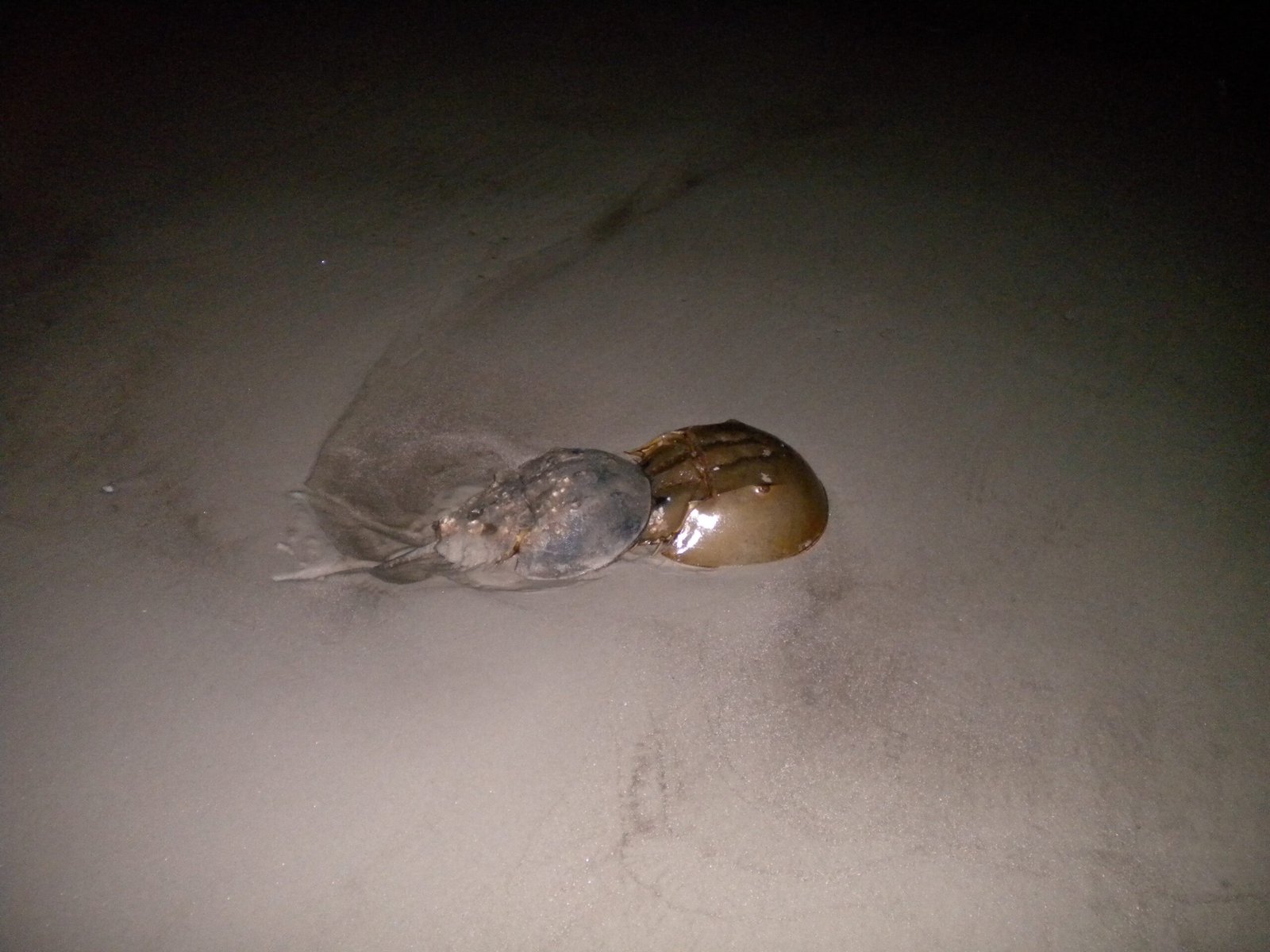
It’s not just humans who rely on horseshoe crabs. Every spring, thousands of migrating shorebirds, including the endangered red knot, descend on East Coast beaches to feast on horseshoe crab eggs. These eggs provide a vital energy boost for the birds’ grueling journeys to their Arctic breeding grounds. As crab numbers dwindle, so do the eggs, putting the entire food web at risk. In a way, the fate of birds and crabs is tightly intertwined — a delicate balance that’s now under threat.
Modern Medicine’s Dilemma: Ethics and Conservation
The biomedical industry faces a tough choice: protect public health or protect an ancient species? There’s a growing movement to find alternatives to horseshoe crab blood, but for now, LAL remains the industry standard. Some companies have started using synthetic alternatives, but adoption is slow. The debate is heated, with conservationists urging stricter limits on bleeding and stronger habitat protections, while pharmaceutical companies argue that human lives must come first.
Limulus Amebocyte Lysate Alternatives: Hope on the Horizon
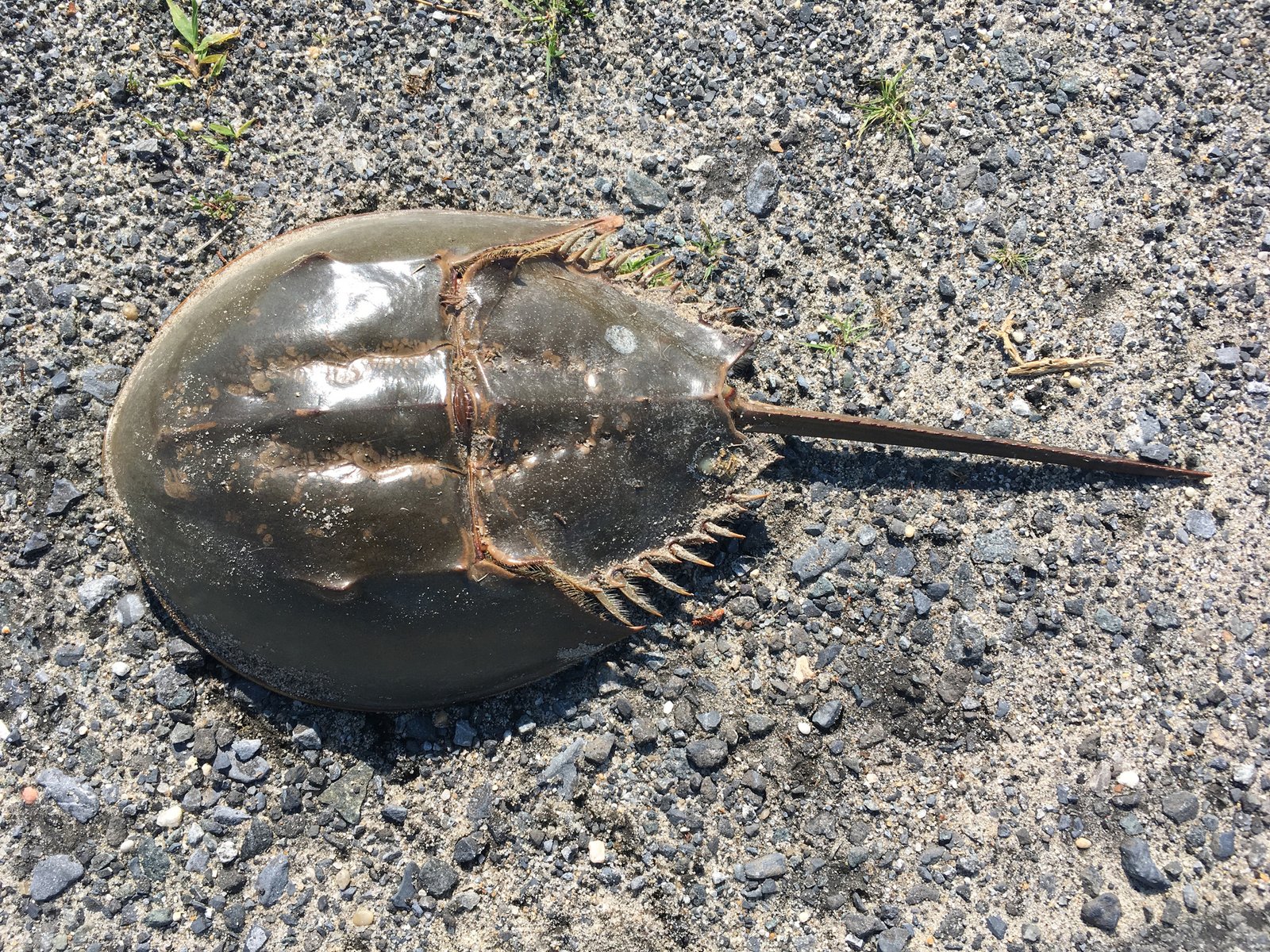
The development of recombinant Factor C (rFC), a synthetic alternative to LAL, offers a glimmer of hope. rFC is derived from genetically engineered cells and can detect bacterial contamination without harming any horseshoe crabs. It’s already approved for use in Europe and parts of Asia, and more American companies are beginning to adopt it. If used widely, rFC could dramatically reduce the pressure on horseshoe crab populations, giving them a fighting chance to recover.
Regulation and Oversight: Are We Doing Enough?
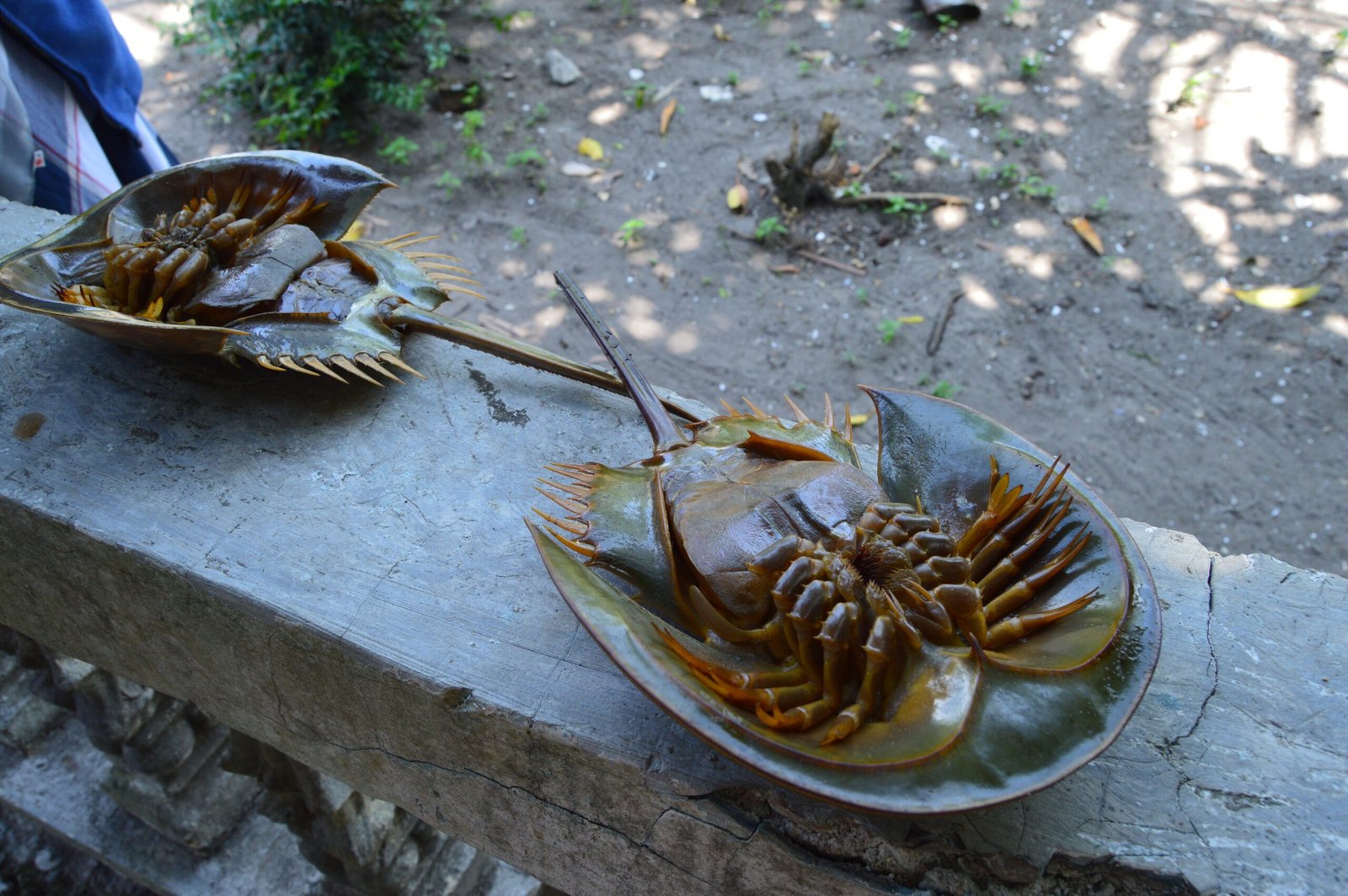
Laws and regulations aimed at protecting horseshoe crabs vary widely by state. Some areas have implemented strict quotas and seasonal bans on harvesting, while others allow more lenient practices. The biomedical industry is required to return most crabs to the wild after bleeding, but the lack of unified standards makes enforcement tricky. Conservationists argue that current rules don’t go far enough, especially as demand for LAL continues to grow.
Horseshoe Crab Spawning: A Natural Spectacle Under Threat
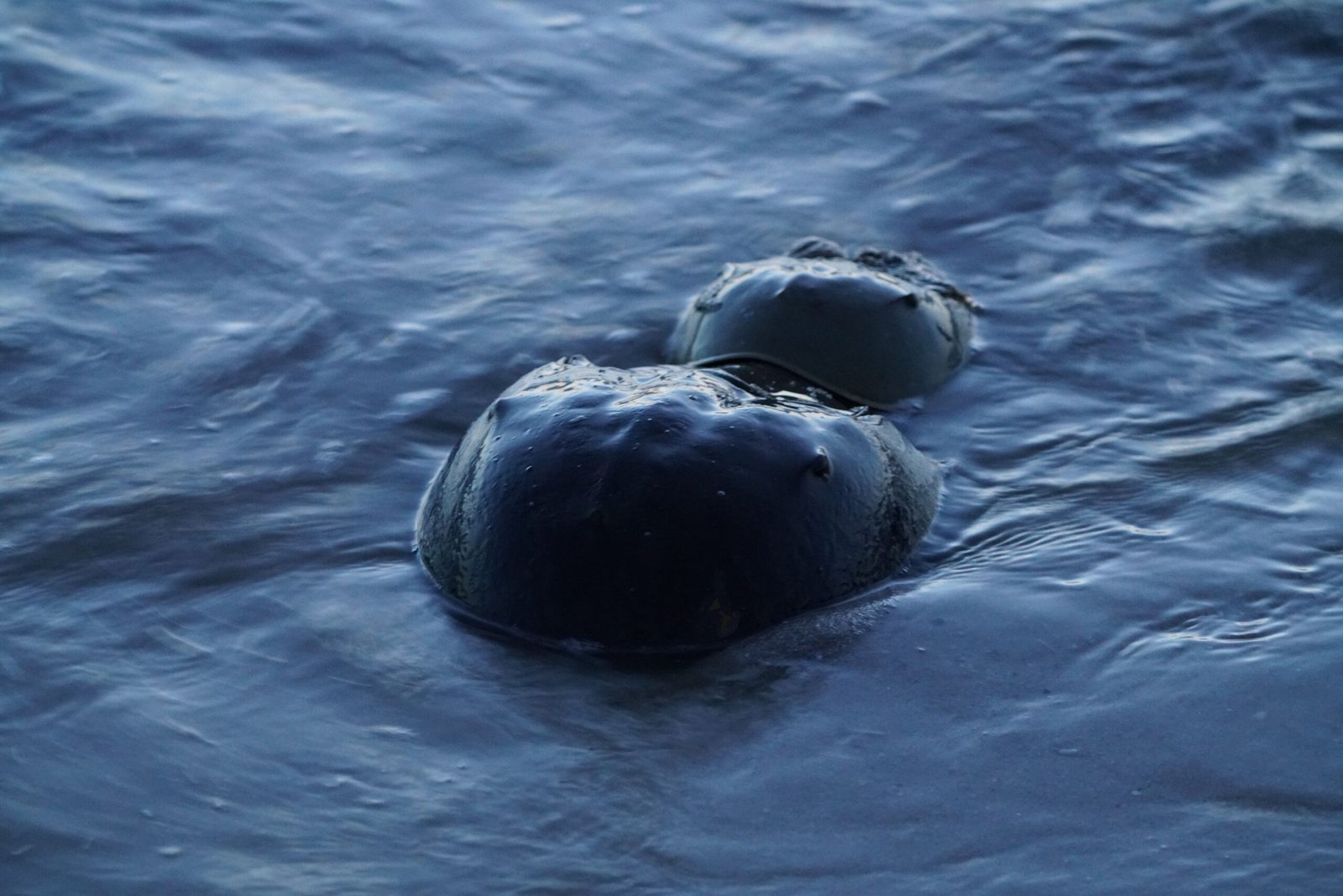
Each year, under the light of the full moon in late spring, horseshoe crabs gather by the thousands to spawn on sandy beaches. This ancient ritual is both awe-inspiring and crucial for the survival of the species. Yet, with fewer crabs making it to shore, these spawning events are shrinking. Beach erosion, sea level rise, and human disturbance further threaten this spectacle, making it a rare sight in some regions.
Horseshoe Crab Blood Harvesting: Process and Impact
The process of collecting horseshoe crab blood is both fascinating and controversial. Crabs are brought to labs, where technicians carefully extract up to 30% of their blood before releasing them. While the process is designed to minimize harm, recent studies suggest that up to 30% of bled crabs may die, and survivors often suffer from reduced spawning activity. The stress of capture and handling can linger, raising questions about the long-term sustainability of current practices.
Horseshoe Crabs in Biomedical Research: Beyond LAL
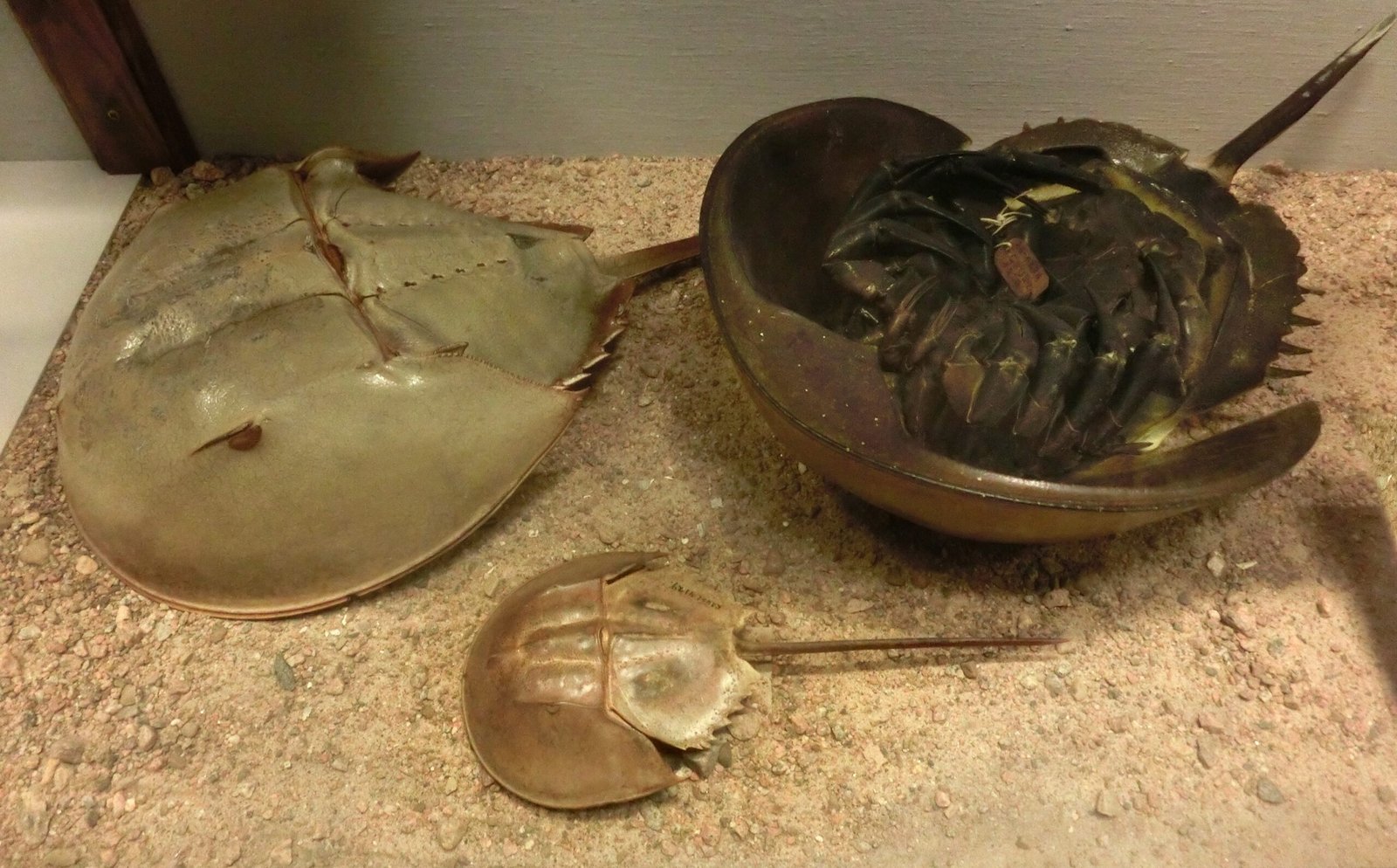
While their blood is the most famous contribution, horseshoe crabs have also helped scientists understand vision, immune responses, and even the evolution of life itself. Their compound eyes are studied for clues about how vision evolved, and their tough exoskeletons inspire new materials for everything from sports equipment to prosthetics. In many ways, the humble horseshoe crab is a scientific goldmine.
Economic Impact: The Value of a Single Crab
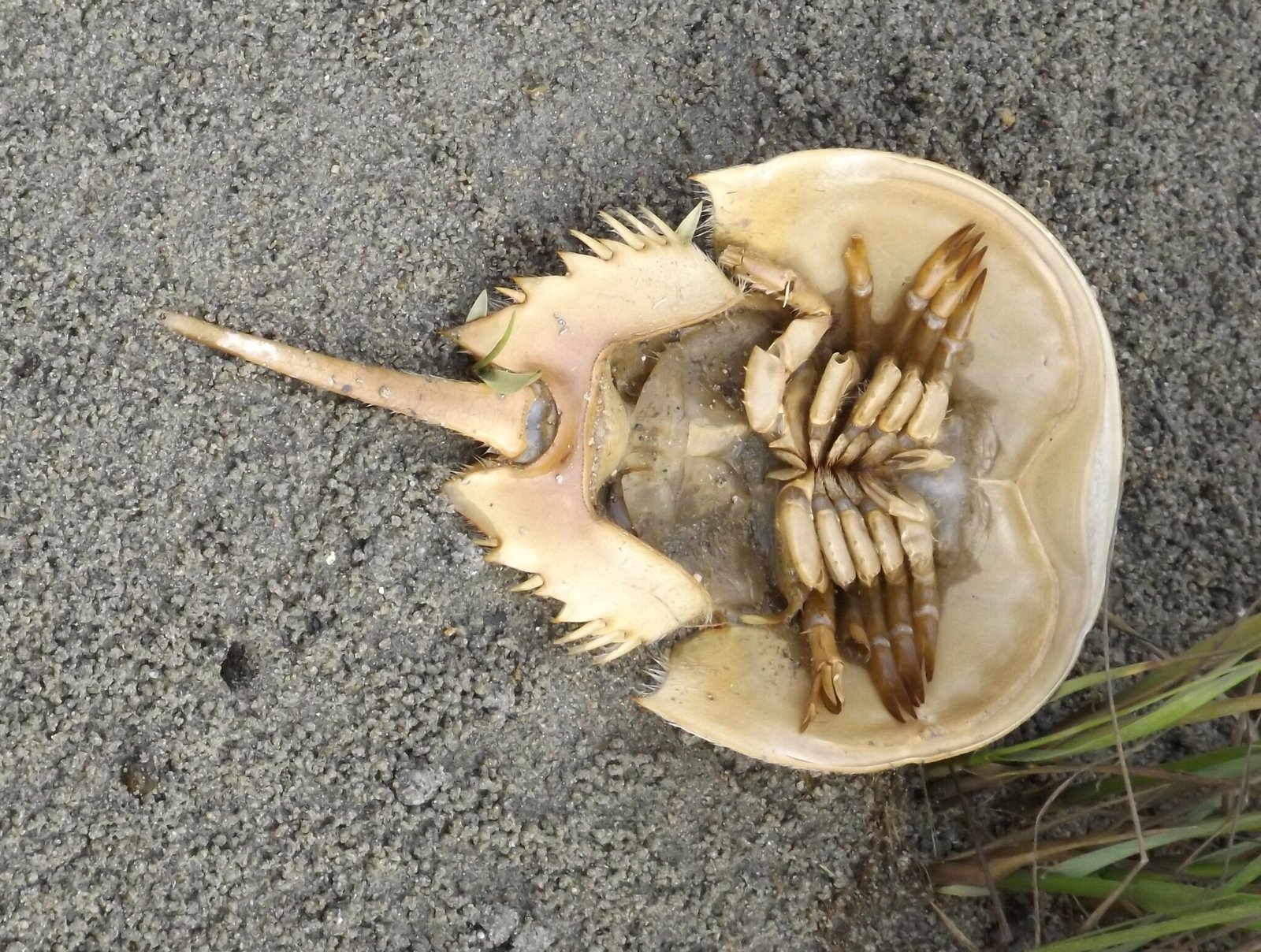
A single horseshoe crab can provide blood worth thousands of dollars to the biomedical industry. The global market for LAL testing is valued in the hundreds of millions, underscoring how much we rely on these animals. At the same time, the bait industry — which uses crabs to catch eels and whelks — also depends on them. Balancing these economic interests with conservation is one of the great challenges of our time.
Grassroots Conservation: Communities Taking Action
From local beach cleanups to citizen science monitoring programs, communities up and down the East Coast are stepping up to protect horseshoe crabs. Volunteers rescue stranded crabs, protect spawning beaches, and educate the public about the importance of these animals. These grassroots efforts are making a difference, showing that collective action can help turn the tide for the horseshoe crab.
Indigenous Knowledge and Cultural Connections
For some Indigenous communities, horseshoe crabs are more than just a resource — they’re a symbol of resilience and continuity. Stories, ceremonies, and traditional fishing practices all reflect a deep respect for these creatures. As conservation efforts move forward, incorporating Indigenous knowledge offers new perspectives on how to live in harmony with the natural world.
The Global Context: Horseshoe Crabs Around the World
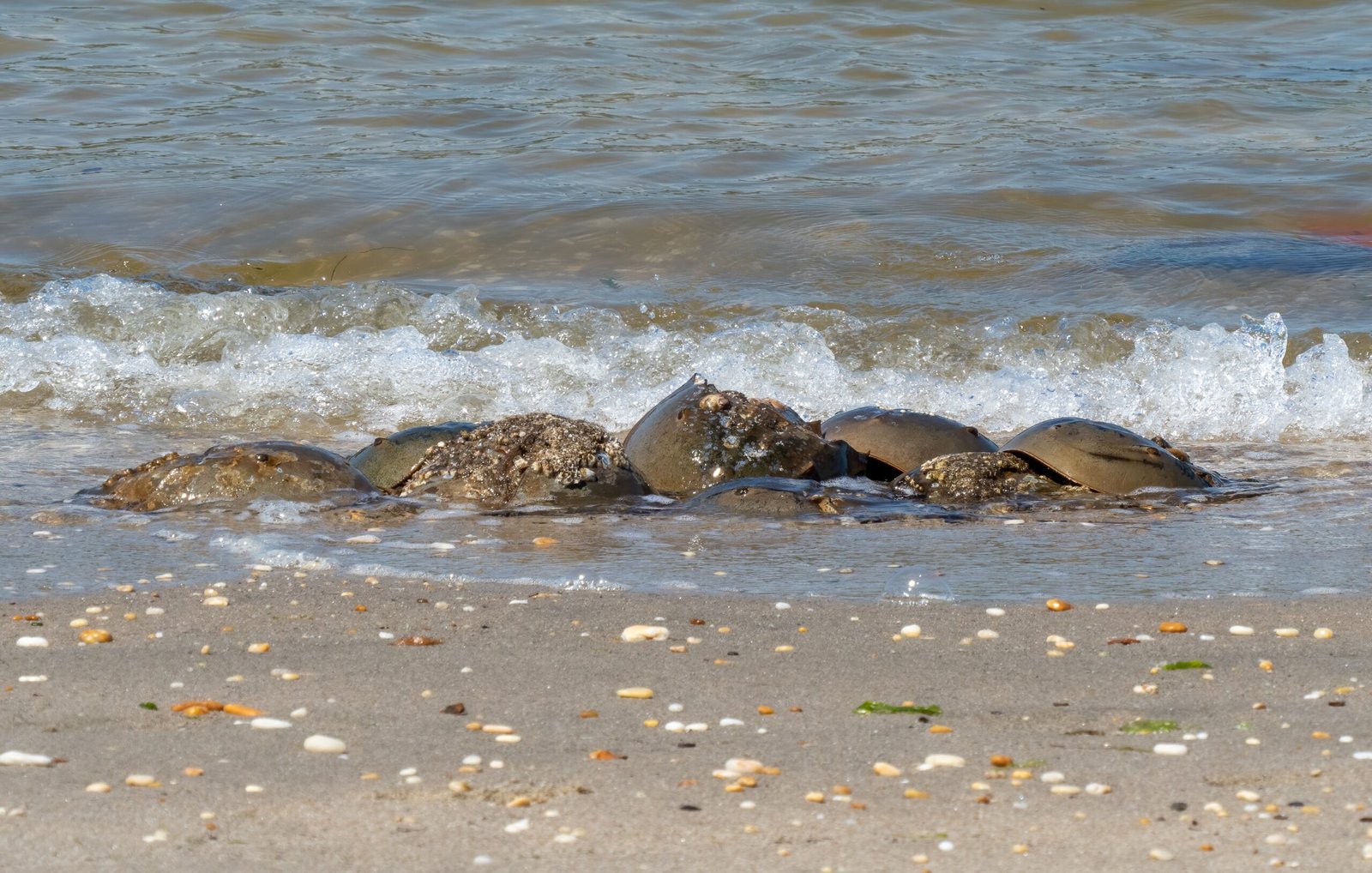
While American horseshoe crabs are the most famous, three other species live in Asia, facing similar threats from overharvesting and habitat loss. In some places, populations have crashed to the brink of extinction. International cooperation and learning from global experiences could help protect horseshoe crabs everywhere, not just on American shores.
Citizen Science: How You Can Help
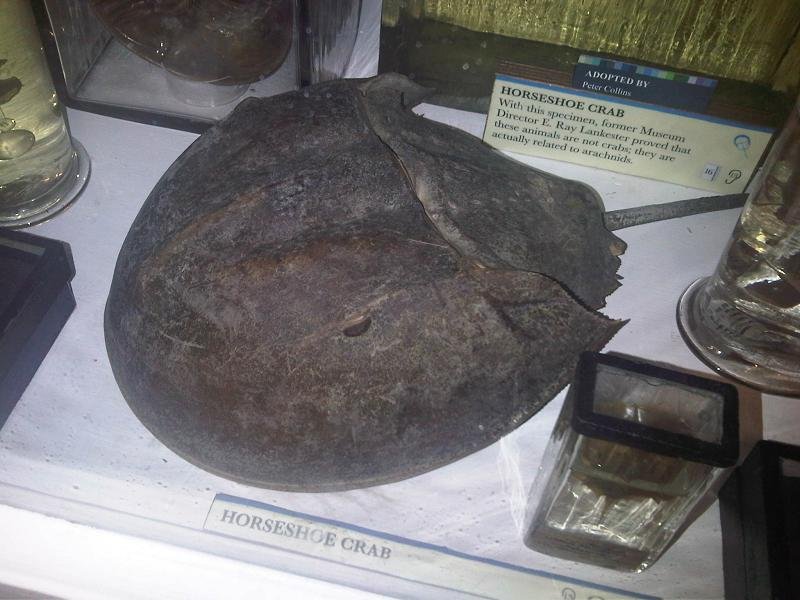
Ordinary people play a vital role in horseshoe crab conservation. Programs invite volunteers to count crabs during spawning season, tag individuals for research, and share observations from local beaches. These efforts provide valuable data that inform policy decisions and help track population trends. Getting involved is as simple as showing up with a clipboard and a sense of curiosity.
Balancing Progress and Preservation
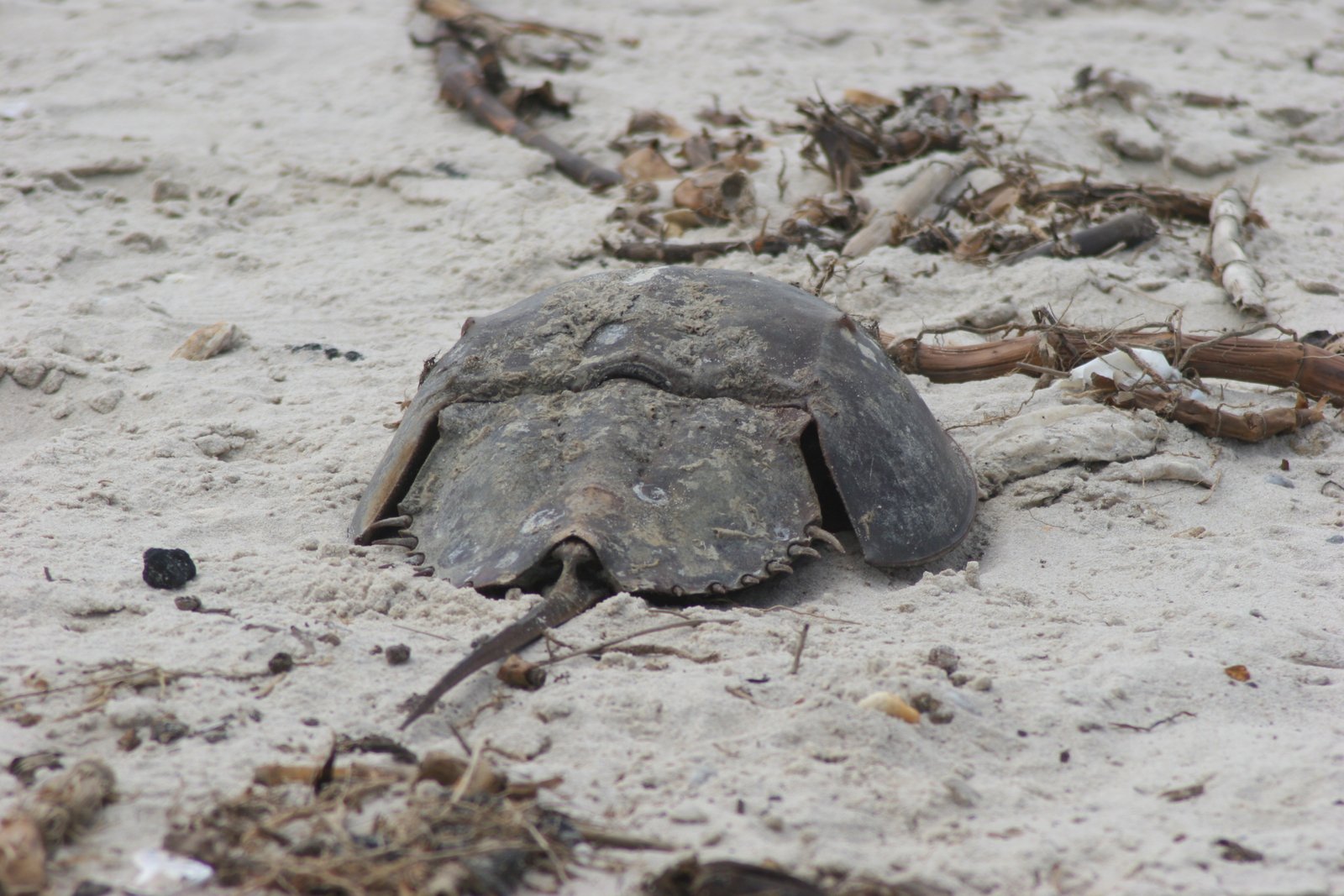
The story of the horseshoe crab is a classic tale of unintended consequences. Our desire for medical safety has pushed an ancient species to the brink. Yet, with new technologies and growing awareness, there’s hope for a solution that protects both human health and the living fossils we depend on. Striking the right balance will require cooperation across science, industry, and communities.
Lessons Learned from an Ancient Survivor
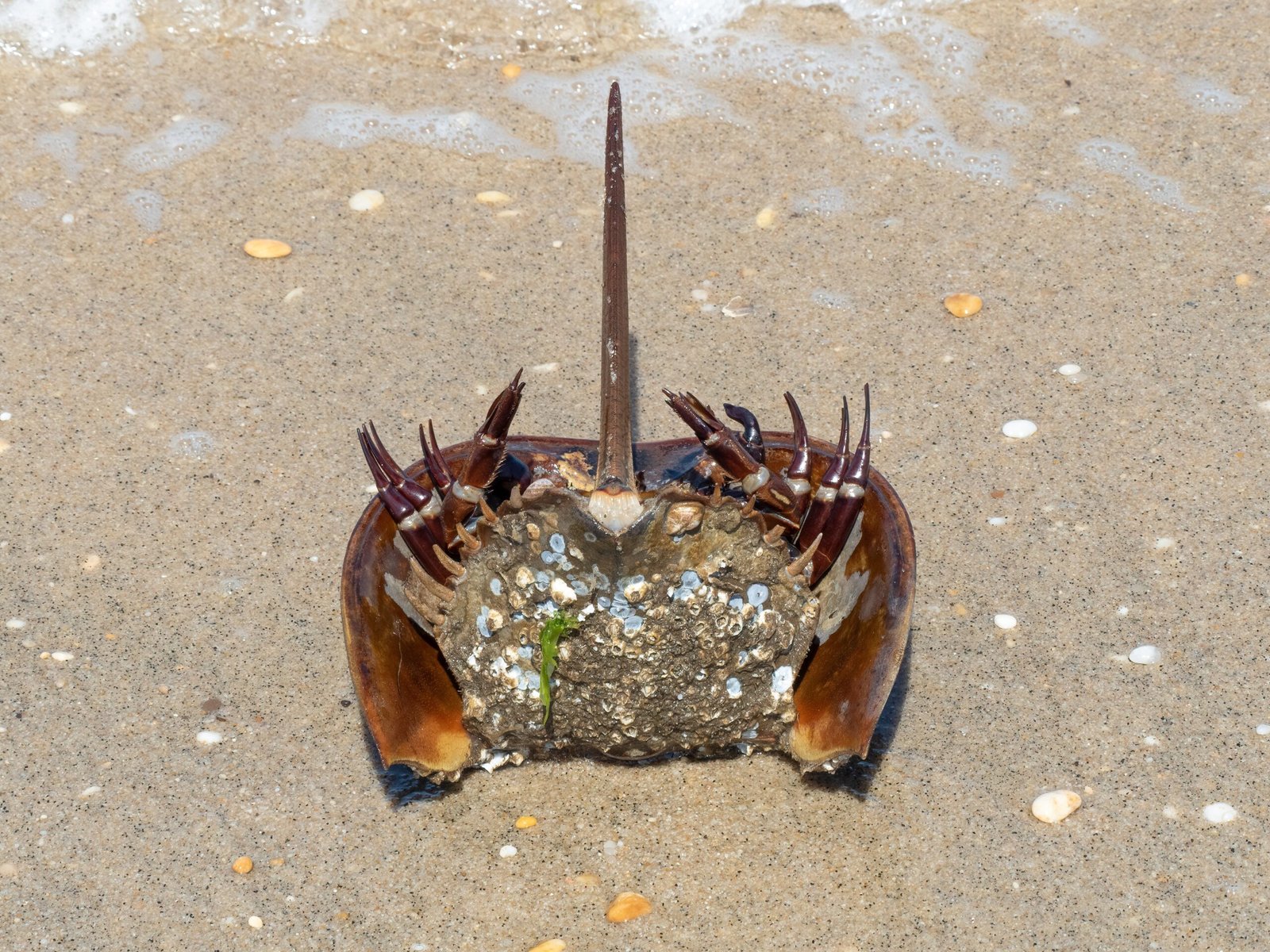
The horseshoe crab has weathered ice ages, asteroid impacts, and the rise and fall of continents. Its story is a reminder of nature’s resilience — and its limits. What happens next depends on the choices we make. Will we let one of Earth’s oldest creatures fade away, or will we find a way to coexist and thrive together? The answer could define not just the fate of the horseshoe crab, but our own relationship with the natural world.




